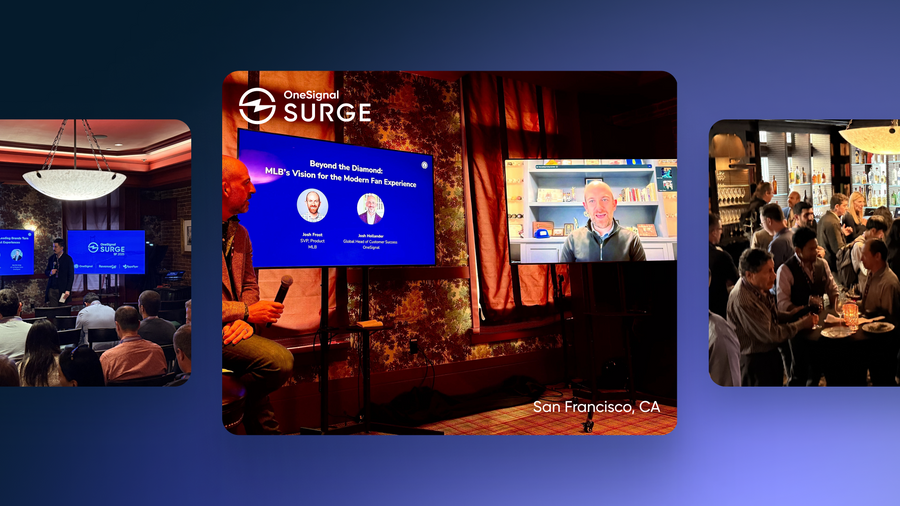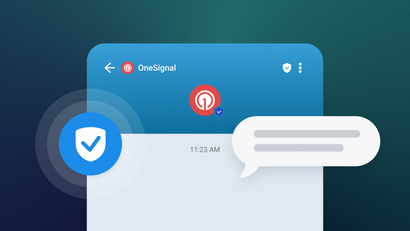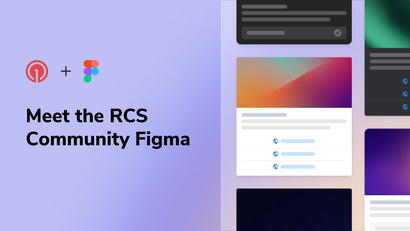Every October, baseball finds its way back into the cultural spotlight. But behind the roar of the crowd and the highlight reels, there’s a quieter story unfolding. One about how a century-old sport keeps reinventing itself for the modern fan.
At Surge San Francisco last week, MLB’s SVP of Product, Josh Frost pulled back the curtain on what it takes to create digital experiences that honor baseball’s deep roots while meeting the expectations of today’s attention-fragmented fans.
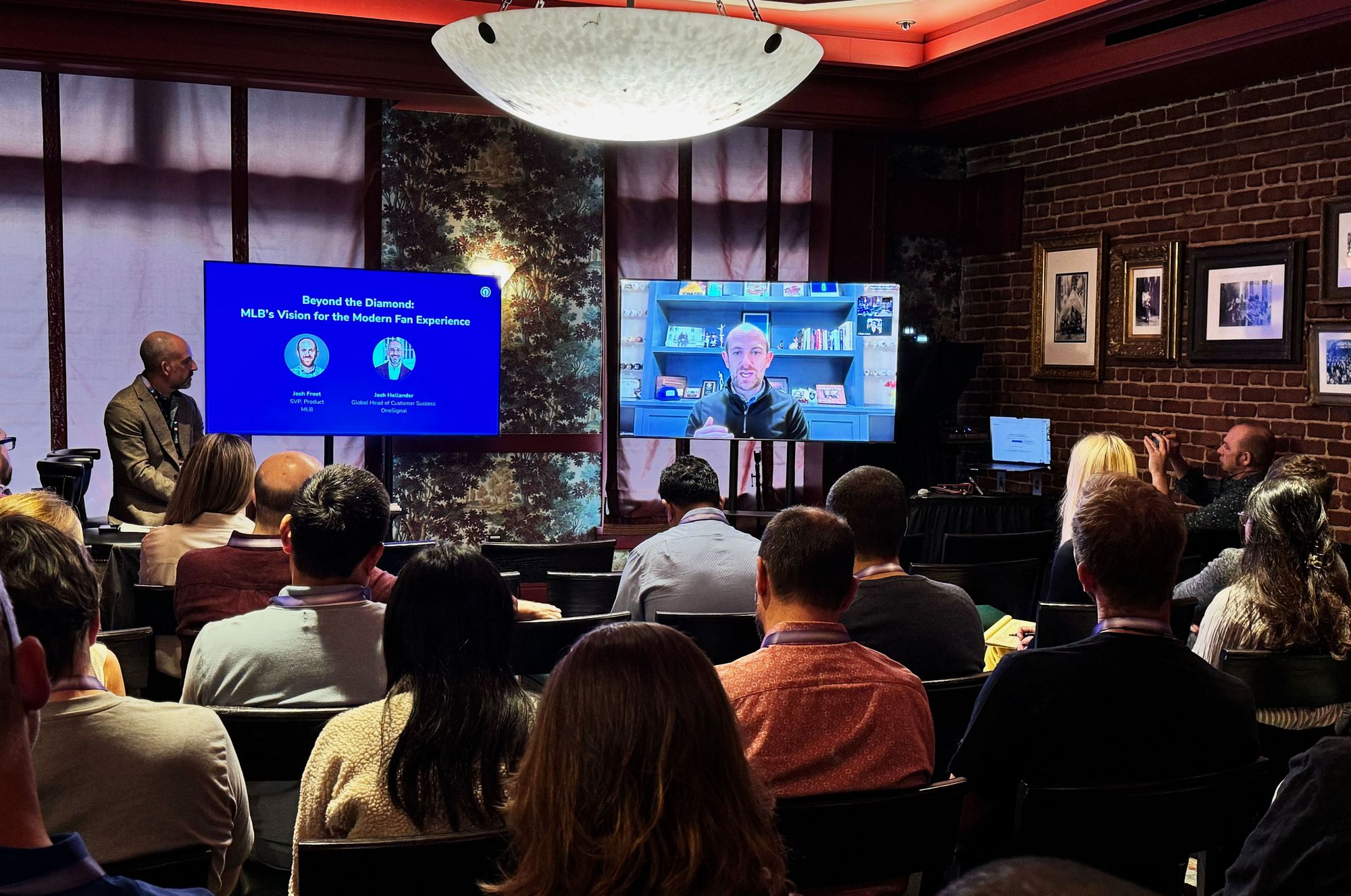
Below is some “insider baseball” from one of the most successful messaging juggernauts in the world. Take notes!
A World Series mindset
The World Series is truly a theater of unpredictability. The tension, the emergent storylines, and the unexpected heroes that rise out of nowhere make for arguably the most memorable moments in all of sports.
As fans, we get to enjoy the drama unfold without considering the teams of people working to shape how we see, feel, and share those moments. But for those responsible for driving engagement and fostering a rich digital experience, it’s riddled with uncertainty.
No roadmap, no script (despite popular belief), and no clue which story will be the last one standing to take the field in October.
Josh Frost describes it as both exhilarating and chaotic: “You don’t know who’s going to make it, or what storylines will emerge. Our job is to take the natural drama that comes our way and amplify it.”
This year’s trio of global storylines — Japan, Canada, U.S. — are a timely reminder of how MLB operates at a cultural and international level.

Need proof? More than 11 million fans in Japan watched Game 1 live… at nine in the morning.
But Frost is quick to point out that MLB’s role goes beyond broadcasting these stories. Baseball has always been about shared experience — the underdog moments, the collective gasp, the “did you see that?” that travels from living rooms to group chats.
“It goes beyond a hat, a jersey, or an 18-inning game,” he said. “We want people to become their own storytellers.”
💡 Bringing it home...
For all of us trying to meet our audience in the moment, the real challenge is turning that spontaneity into shared experience. Real-time storytelling rewards the teams who move fast, listen closely, and adapt on instinct.
To do it well, marketers need to build the muscle of anticipation: know your audience’s storylines, prepare for multiple outcomes, and stay ready to personalize the moment as it unfolds.
Respecting attention: The engagement philosophy behind America’s pastime
Baseball has always been a game of patience. Long innings, subtle strategy, and slow-building drama. But in today’s attention economy, patience is a bit of a luxury. How do you honor the ritual of the game while keeping fans engaged in a world where everything is fighting for their attention?

“We start from the fan,” Frost explains. “What problem are we solving? Sometimes fans want something quick. Sometimes building tension is better. If you want to capture attention, you have to respect attention.”
That philosophy is especially visible in MLB’s live features. Today, fans can experience it two ways:
- Via the full, live broadcast
- Through Gameday, the league’s 2D play-by-play interface that shows each pitch in real time
“Gameday is fascinating,” Frost said. “If you look at it for the first time, you think, ‘How long am I supposed to stare at this thing?’ But you’d be shocked at the session times we get. It’s satisfying the right amount of attention.”
When it comes to the ‘right way’ to engage, Frost visualizes this with an inverted pyramid of attention:
⛛ At the top sits the full 16:9 broadcast experience.
⛛ In the middle, Gameday — lower fidelity but highly engaging.
⛛ At the base, the thinnest layer: widgets and Live Activities.
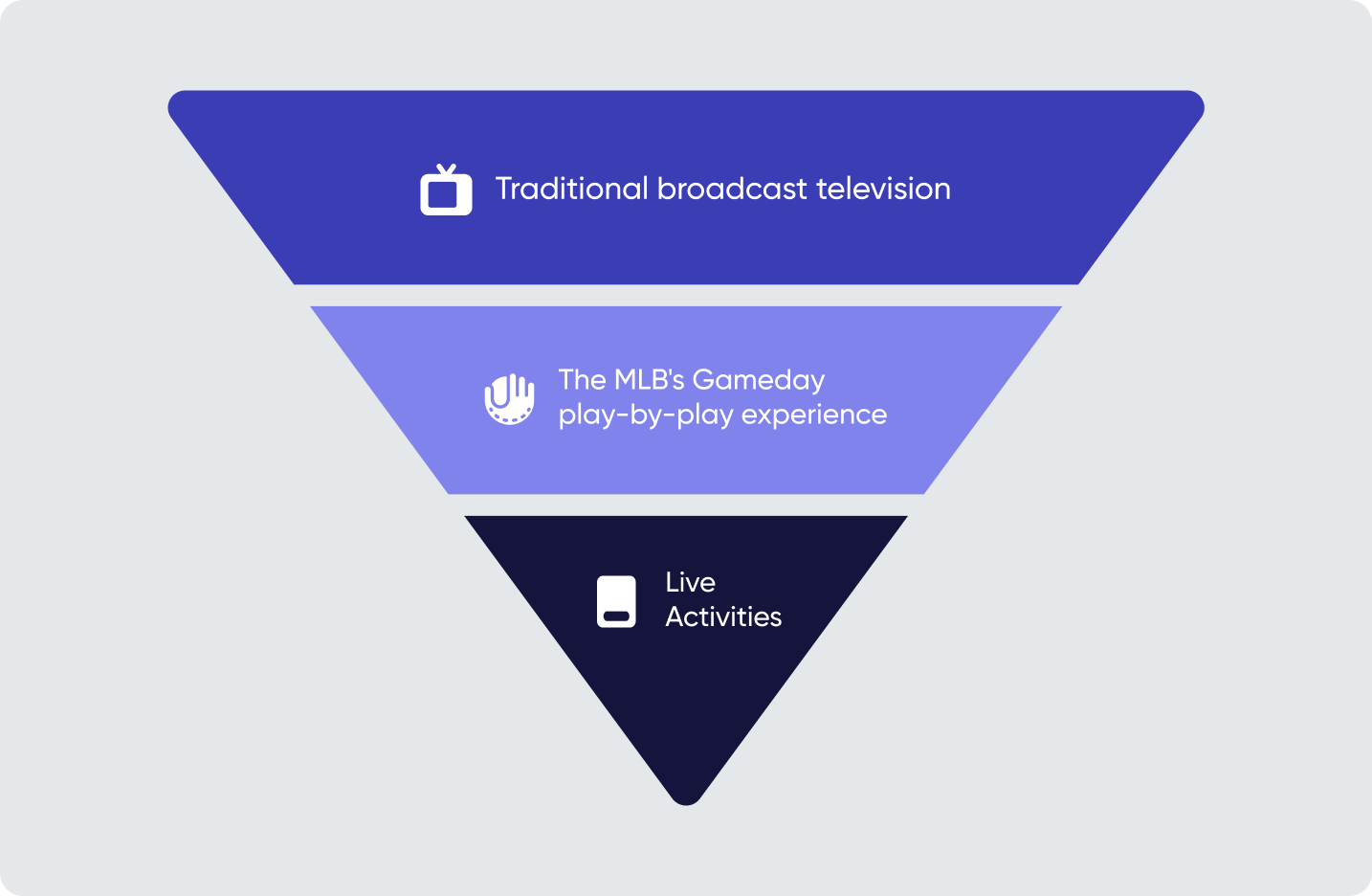
When it comes to real-time engagement, Live Activities were a game-changer in every sense of the word.
“We knew we had a killer use case for fans to follow the game in a way that makes sense for them. They can turn it on or off, they can glance at it, and they get only the most meaningful updates”
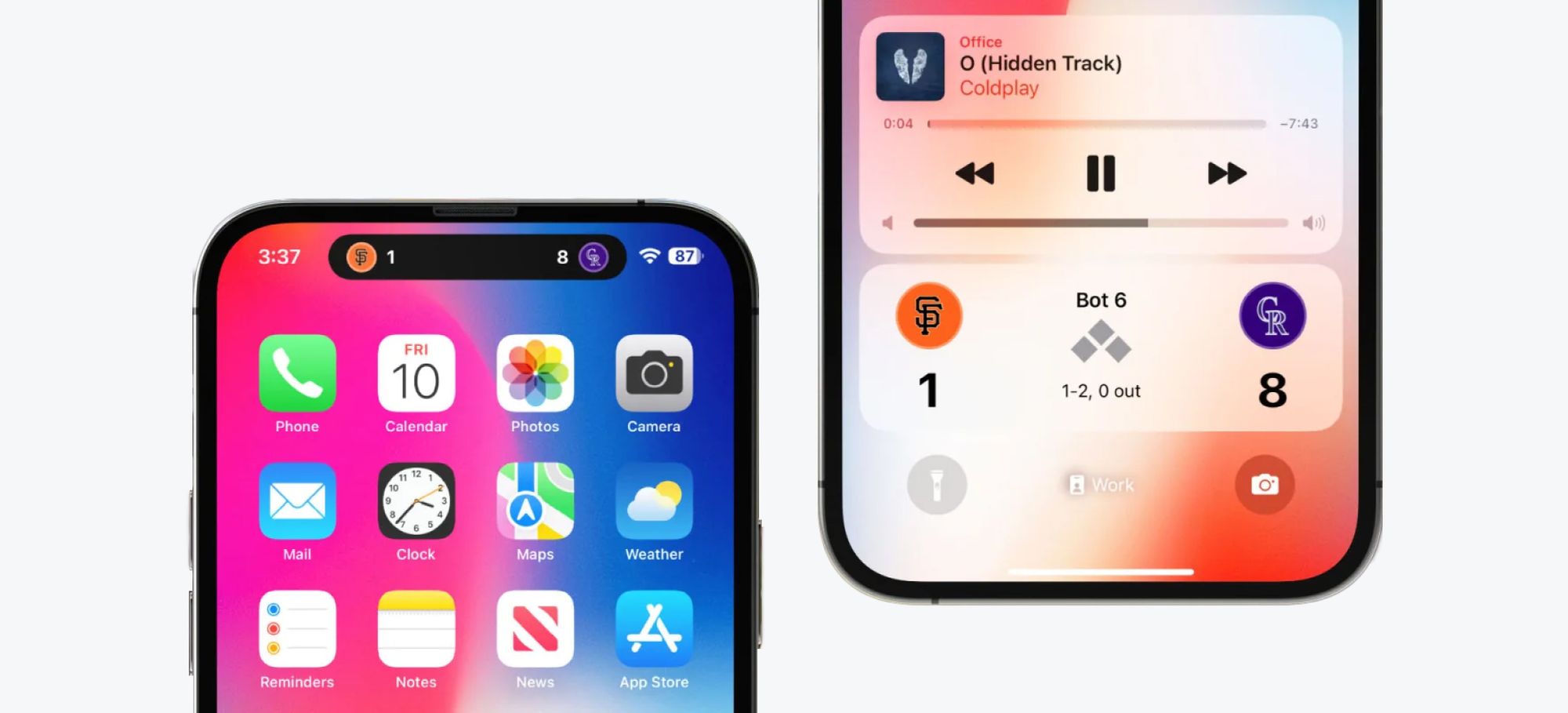
When the team was onboarding Live Activities, questions arose regarding how many times someone looks at it. But Frost counters, “You can’t think of it or measure it that way. It did drive incremental starts and move incremental consumption. But even if it didn’t, [Live Activities] connects people to the game. … it keeps the game top of mind for the fans. Any tool that can do that is a good thing.”
“Live Activities still continues to grow in its engagement and reach. It’s showing no signs of running out of gas.”
– Josh Frost, SVP at MLB
💡 Bringing it home...
Respecting attention doesn’t always mean minimizing engagement. It means designing for the right kind of engagement. Whether you’re a sports league or a mobile brand, not every moment needs to command full focus. The best products flex across levels of attention, meeting users in the mindsets that make sense for them.
Knowing your fan: The art of personalization without overstepping
Personalization in sports is a delicate balance, especially when your audience spans generations, continents, and loyalty levels.
For Frost, the key is clarity about what kind of data is being used and how. “We draw a clear line between explicit and implicit signals,” he explained. “Fans willingly share certain details — their favorite team, their local stadium, their favorite players. That’s explicit. Those are volunteered connections, and the engagement and conversion impact from them is incredibly strong.”
It’s the implicit data (the signals that emerge from behavior) where things get trickier. “You might say you’re a Cubs fan,” Frost said, “but spend all your time reading Yankees articles. We respect that, but we don’t let it dominate the experience.”
Instead of letting algorithms overpersonalize or distort what fans see, MLB’s goal is to create influence without overreach. “You wouldn’t recognize your own feed,” he warned, “and that’s a pattern we want to avoid.”
That restraint, respecting signals without exploiting them, is part of what keeps MLB’s experience trustworthy. As Frost put it, “We want the fan to feel in control of the surfaces through which they see the game.”
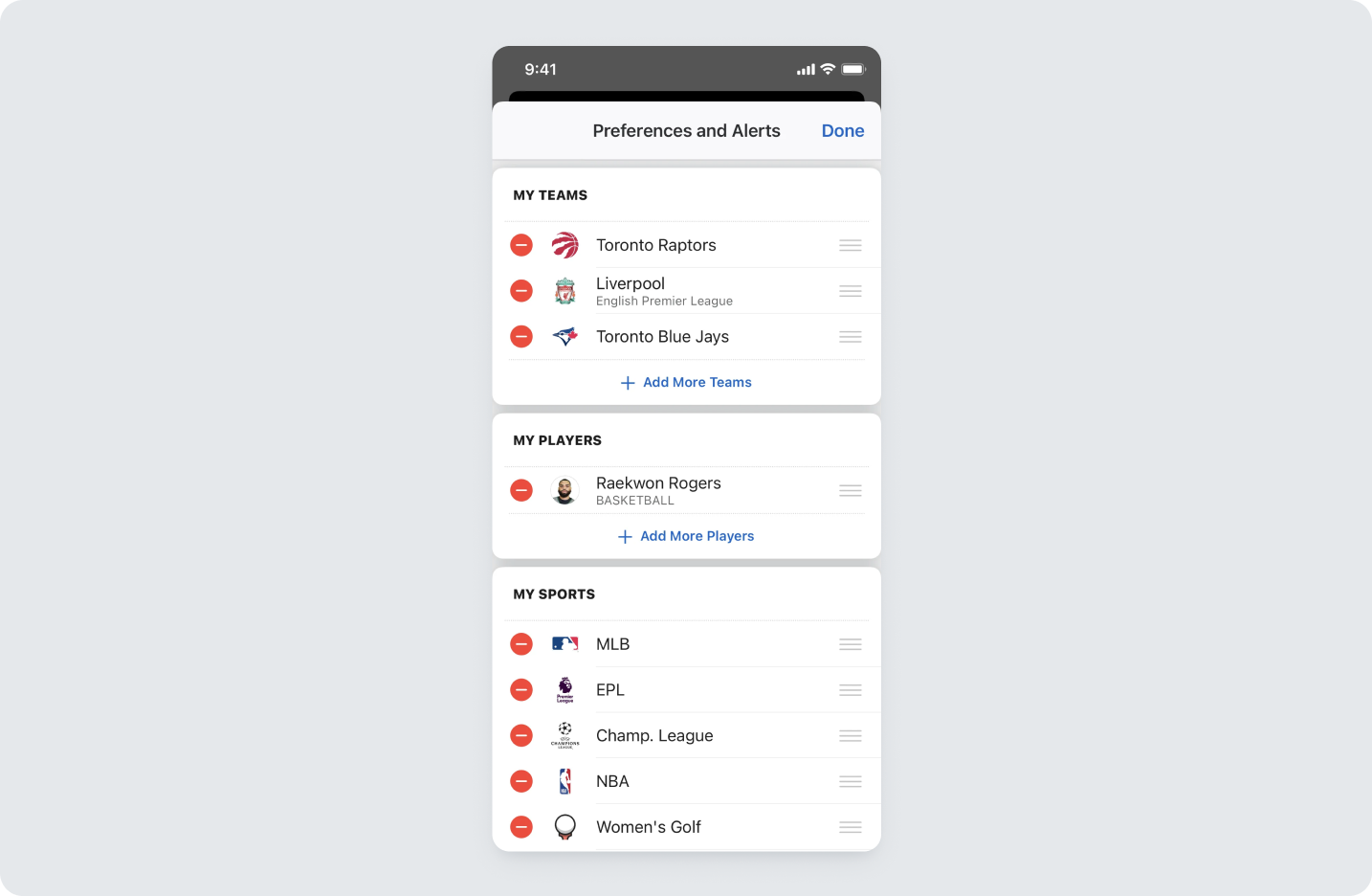
That philosophy is taking on new meaning as baseball becomes increasingly global. With the next World Baseball Classic approaching, national identity is reshaping fandom itself. Fans today might follow players from Puerto Rico, Japan, or the Dominican Republic as closely as their hometown team.
💡 Bringing it home...
The best personalization starts with permission and ends with empowerment. When users understand why they’re seeing something (and can control how deeply they engage) you build in trust on top of relevance.
Data can inform engagement, but respect sustains it!
Seeing through the fan’s eyes
When asked about learning lessons that still stick with him to this day, Frost didn’t point to a headline-grabbing campaign or a major feature launch. Instead, he shared a short story about parking… and perspective.
“Back when we were rolling out our digital ticketing platform, a lot of teams were still using paper tickets,” he said. “So, we’d visit each stadium to walk them through the benefits. I remember going to Dodger Stadium, and the Director of Operations took me up to the control room where you could look out over all 40,000 or so parking spots.”
“He asked me, ‘What do you see?’
I said, ‘A whole lot of parking.’
Then he asked, ‘Where do you live?’
‘New York.’
‘Do you drive?’
‘No.’
‘How do you think all these people are getting here today?’
‘In their cars.’
‘Does your digital ticketing experience support parking tickets?’
Talk about a curveball.
That simple observation shifted Frost’s perspective — a reminder that innovation doesn’t always come from data or dashboards. Sometimes it comes from standing in someone else’s shoes and literally seeing what you’ve been missing.
💡 Bringing it home...
The best engagement strategies start with proximity. You can’t design meaningful experiences from a distance. Not for fans, and not for mobile users. Whether you’re building a ballpark app or a messaging journey, the real insights live where your audience does.
As for the first thing Frost did when he got back to New York? He made sure parking tickets were part of the new MLB digital experience.
A tip of the cap to the MLB team
A big thank-you to Josh Frost and the MLB team for joining us at Surge San Francisco and sharing what it takes to keep a century-old sport fresh, relevant, and deeply human. Events like this are why we love bringing product builders and marketers together… to learn from the best and leave inspired to reimagine how we connect with our own audiences.
Looking for a few relevant resources for the road?
- 22 examples of apps using Live Activities to enrich their UX
- Examples of strong (and misguided) user preference centers
- A deep dive and using behavorial signals in high-converting Journeys
Ready to see what a true customer-first messaging platform feels like? OneSignal is free to start with, and yes, with included support for Live Activities!
Get Started for Free